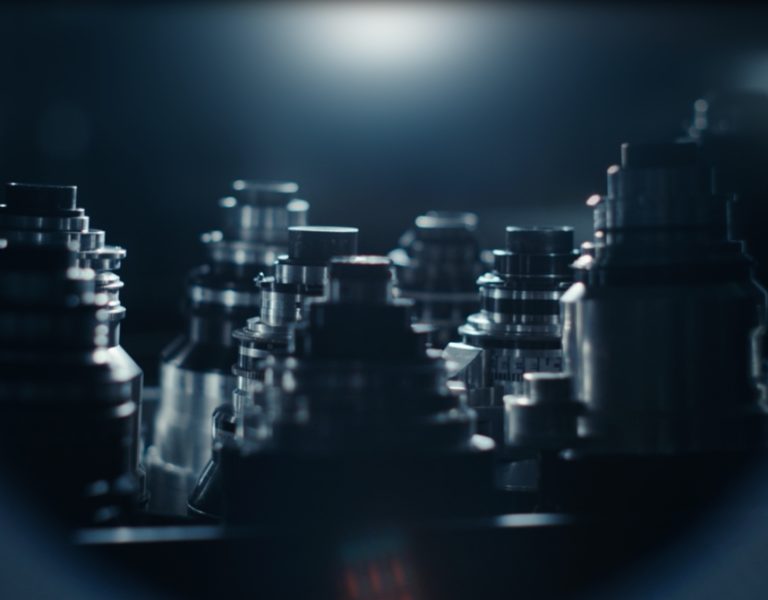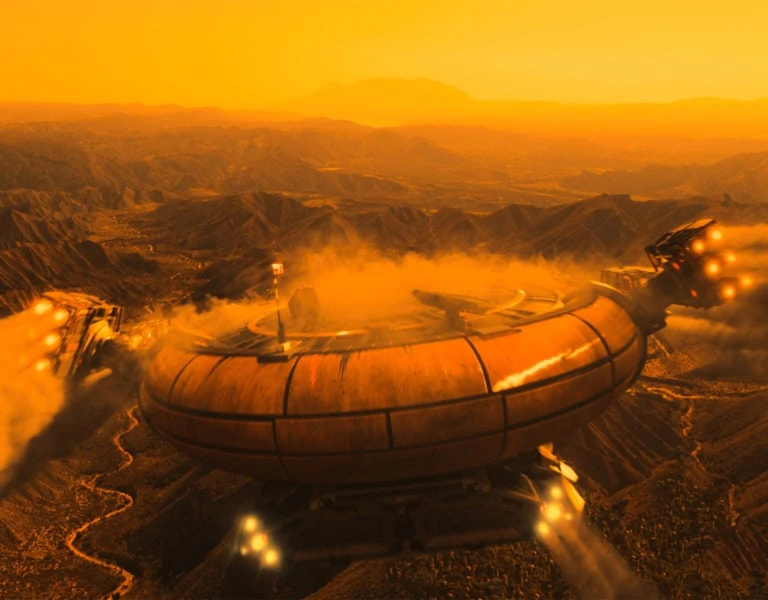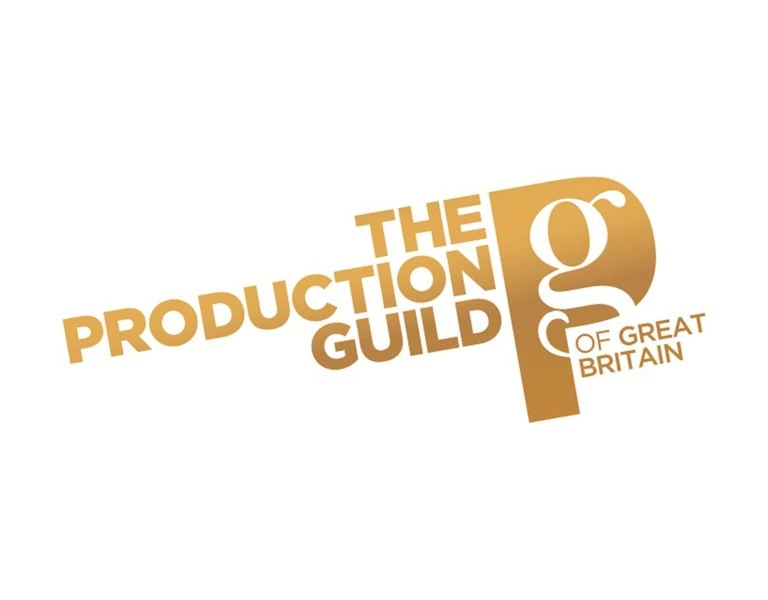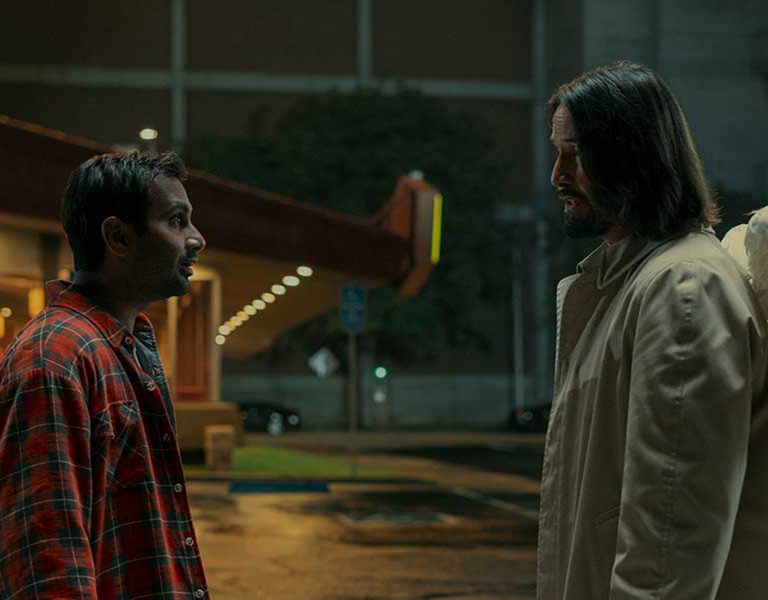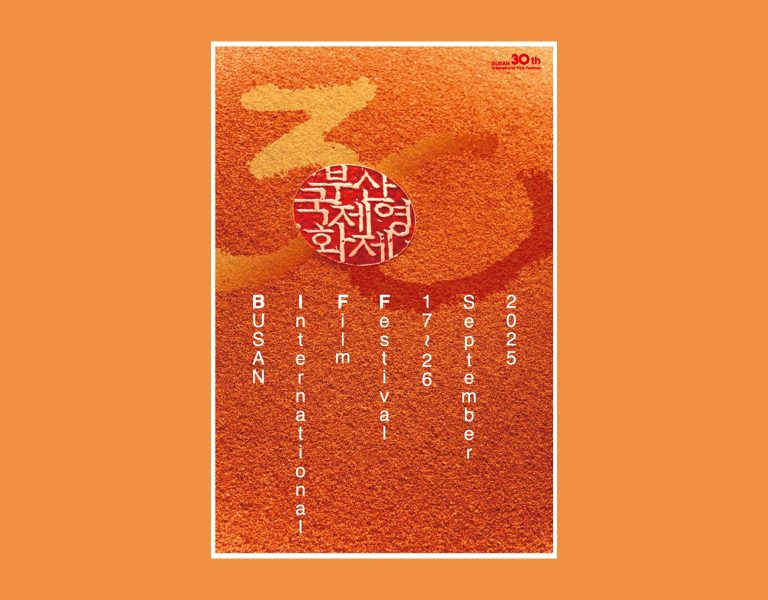Lenny Vitulli on shooting A Tear in the Sky starring William Shatner
Apr 21, 2022

A Tear in the Sky is an unprecedented journey into the UFO / UAP phenomenon.
A team of military personnel, scientists and special guest William Shatner will attempt to re-capture, in real time, the US Navy “TicTac” UFOs, using state-of-the-art, military-grade equipment and technology.
What they find instead are thought-provoking clues into the true nature of the UFO phenomenon and the very fabric of our spacetime reality.
How did you collaborate with the producer and director to realize the visual ambitions?
Because of the unique nature of this highly ambitious unscripted project, coordination between our team and production was crucial to this project. Three things made this project especially tricky and required extra planning: One, was that Director Caroline Cory hired us because she wanted this documentary to have a highly cinematic feel, which unscripted reality often lacks. That means big RED Cameras, Zeiss primes, big lighting set ups, etc. All things that are difficult, heavy, and time consuming to move and set up.
Second, we were filming some of the top scientists in the world researching UAPs and Ariel phenomena and if they saw something in the sky with their incredible new technology, we had to drop everything we were filming on one floor of the building and set up to capture their next moves on the rooftop. So we had multiple lighting diagrams and set ups designed for moving around quick but keeping it cinematic. Third, the location was gorgeous and perfect, yet difficult logistically. It was a mansion on the top of mountain overlooking the beach, so it was hilly, dangerous, and windy and not much room for our expensive equipment and the scientists’ expensive equipment. So the coordination between our team, production, and the scientists was crucial in making this project work.
How did you use camera movement in the storytelling?
Our post house edited and delivered this film also, so I felt extra pressure to make this film visually stunning and moving. I wanted to break up the scenes a lot and create variation, so we mixed up handheld and sticks for tension scenes, dollying and sticks for fun unscripted improvised scenes, and jib and tripod for interviews. Yes, you read that correctly, there was a jib on the interviews!
Which kit were you using to achieve this and why? Were any brand-new techniques or camera rigs developed for this production?
We used mainly RED Geminis with Zeiss Primes to achieve the cinematic look of this feature film. We had everything on quick release mounts to switch from Shoulder Rig to Tripod to Dana Dolly so we can move these heavy cameras fast. We also had a significant amount of tech scouts and lighting plots to work with the ever changing schedule of unscripted reality. Most unique part of the camera work on this was the jib for the interviews that we had move like a dolly. People who watch the film kept asking me, is that a jib or a dolly, what is that? You can see some the cool movements in the William Shatner sections.
What was the most challenging scene(s) to shoot and why and how did you overcome the obstacle?
There was one night where the scientists saw significant aerial phenomena in the night sky and we had to basically drop everything else we were shooting and very, very quickly get all the lighting and 4 large RED camera sets up to the this pitch black roof top, on the top of a mountain in Laguna Beach. It was really intense and physically demanding. Because of the nature of unscripted reality and the large number of scientists on the rooftop, our angles were limited and back lighting (CreamSource Space X) had to be hoisted up on a triple riser, top sticked from the ground floor patio, to light the talent on the roof. It was windy on top of the mountain and the CreamSource, being an incredibly heavy light, was swaying in the wind and I vividly remember the tension because the scientists were in the zone with reading graphs and communicating with other cast members on the other island for triangulation and they needed to concentrate on the action that was unfolding in real time.
I was watching them with one eye, and my other eye is watching this $9,000 light swaying in the wind and I was thinking “There’s a 33% percent chance that triple riser snaps in the half and the light crashes to the ground and I’m out of $9,000, and there’s a 33% the wind blows the entire light flies right off the side of the mountain, pulling the power cord to a bunch of lights and causing a catastrophe, and there is a 33% chance that this is all fine and this scene will be incredible.” Well, we survived! And the scene was so good it ended up being about 30 minutes of the movie! It was the one of the most intense and amazing unscripted reality scenes I’ve ever filmed. If you see the film, it is the mid section of the film.
What made the series stand out from a production perspective in relation to your other projects and what lesson will you take on to your next shoots?
For the reasons stated above, this was definitely one of the most challenging and most rewarding shoots I’ve ever done. Documentaries are cool in this way because you are giving real people a voice, it’s not just hired actors reading lines. There is heavy meaning and purpose behind what they are doing. In this documentary, the unpredictability of when scientists will see a phenomenon in the sky, made planning very difficult and at least once a day we had to stop filming something else, drop everything, and company move to the rooftop so it was challenging to say the least. I think the lesson here was to go an extra step, for the next cinematic documentary, I may need to rent Angenieux zooms or similar, to make multi camera unscripted reality shoots easier.
David Mason – inventor, science and technology expert – discusses his role in A Tear in the Sky and the experience of working on the film.
How did you collaborate with the producer and director to realize the visual ambitions?
The region of Catalina Island and Laguna Beach have many documented UFO/UAP reports from the US military, pilots, and the general population. We decided to record scientific research of the phenomenon in a cinematic manner in the areas incorporating the surrounding beautiful landscapes. This was coupled with capturing the emotions of real-time new scientific discoveries giving viewers a more direct experience and feel for the shared excitement.
Were any brand-new techniques or innovations developed for this production?
From a recording standpoint we experimented with camera angles and different colors of lighting. Red scene lighting was used during night time filming to prevent blinding of dilated pupils to the night time adjusted eyes of the cast members. This red lighting was also used with diffused white light and color balancing was made post recording. We used aerial drones which offered views of the landscapes, research equipment, and the team at work.
How did you use these innovations in the storytelling?
Each scene had customized equipment arrangements to accommodate live research. We wanted to bring the viewers closer to the scientific research conducted as it was in progress, capturing each moment as a live experience. This offered a closer look at research equipment and helped viewers to follow the discoveries. We also incorporated special animations to help viewers to understand the unique new invention technology used in the research.
What was the most challenging scene(s) to shoot and why and how did you overcome the obstacle?
The challenging scenes were the night time low light recording. If we used traditional white light it was overpowering for the cast members eyes and it would oversaturate the night time setting. We used a combination of red and white light to maintain a balance of luminance and minimal impact on the night sensitive eyes of cast members. This also preserved the ambience of darkness of the night time scenes and allowed work to continue.
What made the film stand out from a production perspective in relation to your other projects and what lesson will you take on to your next shoots?
The cinematic aspect and scene transitions helped viewers feel more connected with the scientific research resulting in easier understanding of the discoveries. The combination resulted in helping all viewers feel like they experienced an expedition and were participants in the new discoveries. The lesson learned is we can provide more in depth scientific information to viewers provided that additional informative transitions and animations are utilized.
A Tear in the Sky will make its world premiere at the 13th Annual New Media Film Fesitval on June 1-2, 2022.




